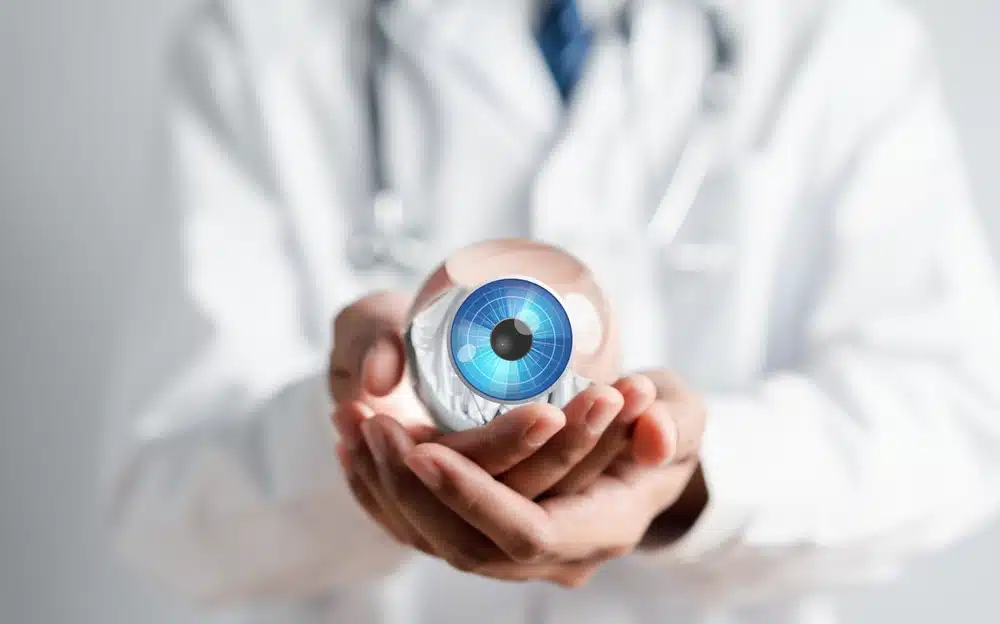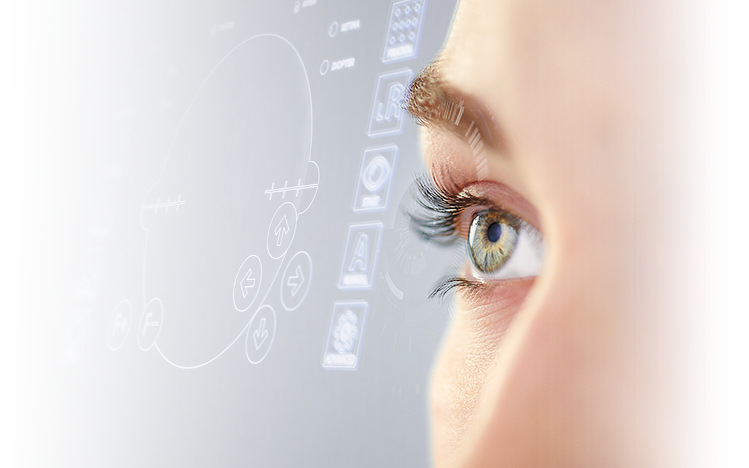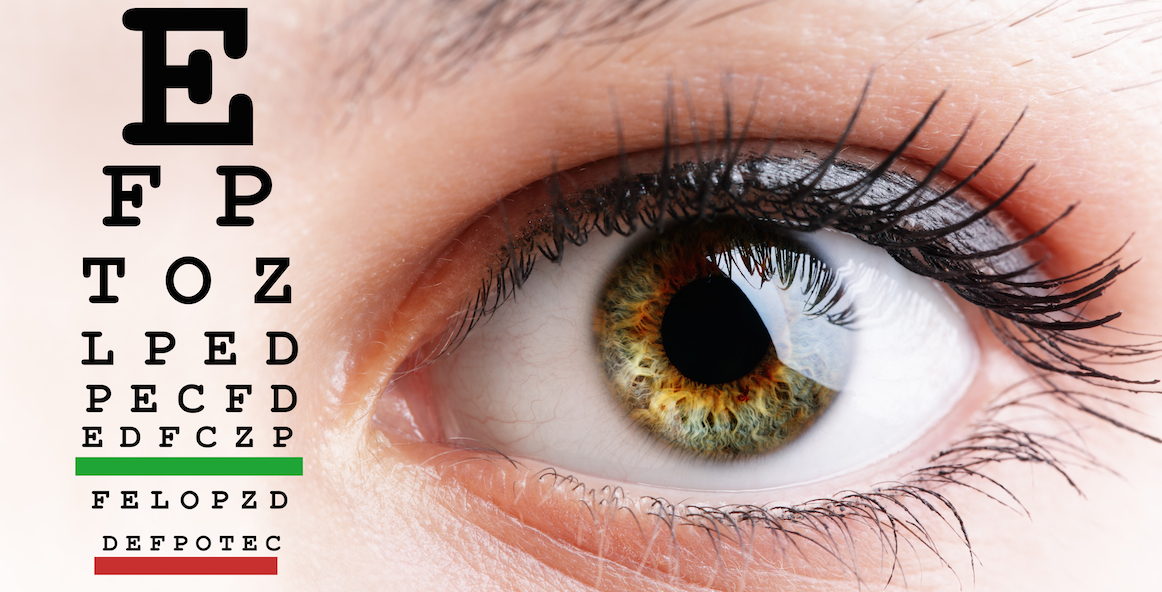Individualized Cataract Care Service: Check Out Our Clinic for Solutions
Individualized Cataract Care Service: Check Out Our Clinic for Solutions
Blog Article
Exploring the State-of-the-Art Technologies Used for Treating and diagnosing Eye Problems
In the realm of ophthalmology, the advancement of technology has actually dramatically improved the devices readily available for diagnosing and treating various eye conditions. From advanced imaging technologies that offer comprehensive understandings right into eye structures to robotic-assisted surgical treatments that provide exceptional precision, the landscape of eye treatment is continuously advancing.

Advanced Imaging Technologies
Advanced Imaging Technologies have changed the area of ophthalmology by giving exact and thorough visualization of the eye structures. Optical Coherence Tomography (OCT) stands out as a key technology in this world. OCT uses light waves to catch high-resolution cross-sectional pictures of the retina, enabling the recognition of minute structural changes. This non-invasive strategy help in the early detection and surveillance of different eye conditions such as macular degeneration, diabetic person retinopathy, and glaucoma.
Moreover, Fundus Photography is one more necessary tool in ophthalmic imaging. This method entails capturing comprehensive photos of the rear of the eye, including the retina and optic disc. Fundus Digital photography helps in documenting the progression of eye diseases, assessing treatment efficiency, and informing patients concerning their eye wellness.

Robotic-Assisted Surgical Procedures
Robotic-assisted procedures have considerably advanced the capabilities of ocular surgical procedure, introducing a brand-new era of precision and efficiency in dealing with various eye problems. By incorporating robotic innovation into operations, eye doctors can accomplish unmatched accuracy and control, resulting in enhanced client end results.
One of the key benefits of robotic-assisted surgery in ophthalmology is the improved mastery and stability it uses to doctors. The robot arms can perform precise movements with a high degree of precision, allowing for delicate treatments with minimal invasiveness. This level of accuracy is particularly beneficial in surgical treatments involving the retina, where even minor mistakes can have considerable ramifications for an individual's vision.
Additionally, robotic-assisted surgical systems provide real-time imaging and comments to the doctor, allowing them to make informed decisions throughout the treatment. This modern technology improves the doctor's situational awareness and permits for adjustments to be made immediately, ensuring optimal results for the person.
Artificial Knowledge in Diagnostics
With the evolution of innovative technologies improving surgical precision in ocular treatments, the integration of Expert system in diagnostics has become an essential growth reinventing the area of eye treatment. Synthetic Intelligence (AI) algorithms are being increasingly utilized to examine complicated information from imaging technologies like optical coherence tomography (OCT) and fundus digital photography to help in the very early discovery and accurate diagnosis of various eye conditions. These AI systems can effectively recognize patterns and abnormalities in photos that may not be noticeable to the human eye, making it possible for quicker diagnosis and treatment planning.
AI algorithms can also predict condition development, advise personalized therapy plans, and examine the performance of interventions. By enhancing the diagnostic procedure, AI not just enhances the effectiveness of eye care specialists but likewise enhances patient results by allowing prompt interventions. As AI over here continues to development, its function in diagnostics is anticipated to increase, supplying brand-new opportunities for early intervention and tailored treatment in the area of ophthalmology.
Genetics Therapy Technologies
In the realm of sensory improvements, recent strides in gene therapy innovations have sparked substantial interest among scientists and health care experts alike. Gene treatment holds immense promise in reinventing the therapy of various eye conditions by targeting the underlying genetic causes. By introducing hereditary material right into cells to make up for unusual genes or to offer a missing genetics, genetics therapy uses a customized method to addressing inherited eye disorders such as retinitis pigmentosa, Leber congenital amaurosis, and others that were previously taken into consideration untreatable.

As study in genetics therapy remains to advance, the potential for customized treatments for a broader variety of eye conditions expands, providing brand-new wish for next page people with hereditary eye conditions.
Digital Fact Rehabilitation
Digital truth rehab has emerged as a sophisticated technique in enhancing the healing and rehabilitation processes for people with numerous visual problems. glaucoma service near me. By replicating real-world atmospheres via immersive technology, online reality supplies a special system for vision treatment and rehabilitation. This ingenious method allows people to participate in interactive exercises and activities designed to boost aesthetic acuity, depth understanding, eye sychronisation, and total aesthetic functioning
One key advantage of online reality rehab is its ability to tailor therapy programs based on the specific demands and abilities of each patient. With real-time responses and monitoring, health care professionals can track progress, readjust treatments, and provide individualized treatment to maximize end results. Additionally, virtual fact modern technology can produce a controlled and safe space for individuals to exercise visual jobs, conquer challenges, and construct self-confidence in an online setting before transitioning to real-world circumstances.
Verdict
In verdict, the improvements in imaging technologies, robotic-assisted surgical treatments, expert system diagnostics, gene treatment advancements, and virtual reality recovery have actually dramatically enhanced the medical diagnosis and therapy of eye conditions. hearing service near me. These state-of-the-art technologies have actually transformed the area of ophthalmology, permitting more efficient and accurate treatments. As modern technology proceeds to refractive surgeries in al progress, the future of eye treatment looks appealing with the capacity for much more ingenious options to improve client results
In the realm of ophthalmology, the development of technology has significantly improved the tools readily available for detecting and dealing with numerous eye problems. Fundus Digital photography assists in documenting the development of eye diseases, examining therapy efficacy, and educating patients concerning their eye wellness.
Artificial Knowledge (AI) algorithms are being significantly made use of to examine complex data from imaging innovations like optical coherence tomography (OCT) and fundus digital photography to help in the very early discovery and accurate diagnosis of different eye conditions.In conclusion, the improvements in imaging innovations, robotic-assisted surgical procedures, man-made intelligence diagnostics, gene therapy innovations, and online reality rehabilitation have considerably enhanced the diagnosis and treatment of eye problems. As modern technology proceeds to advance, the future of eye treatment looks appealing with the potential for even more cutting-edge services to improve patient outcomes.
Report this page